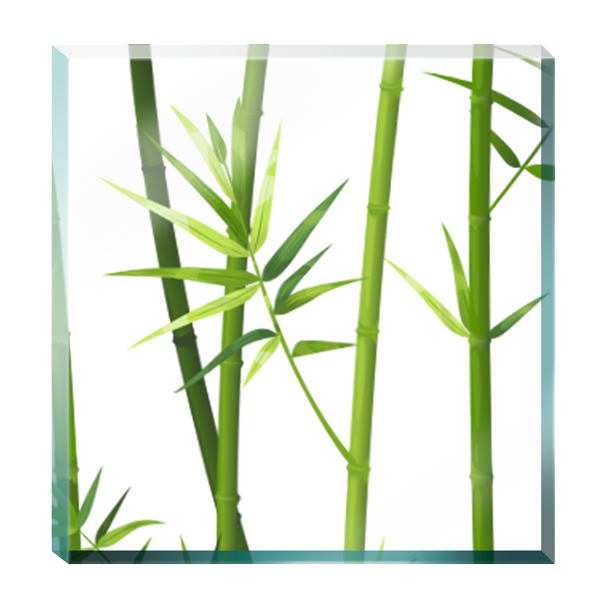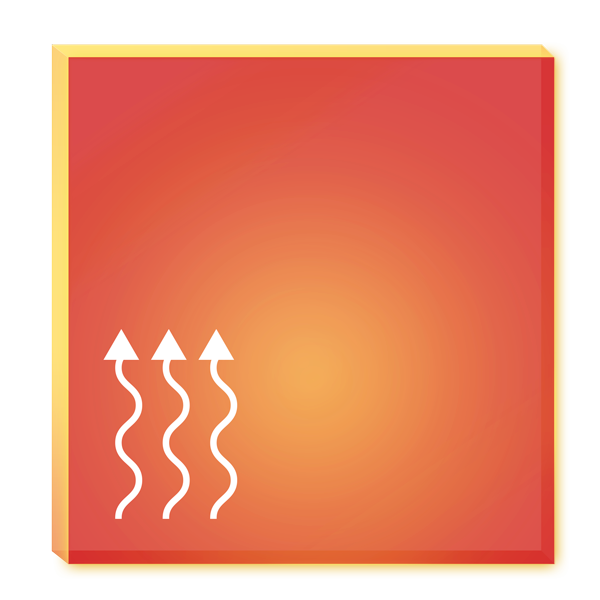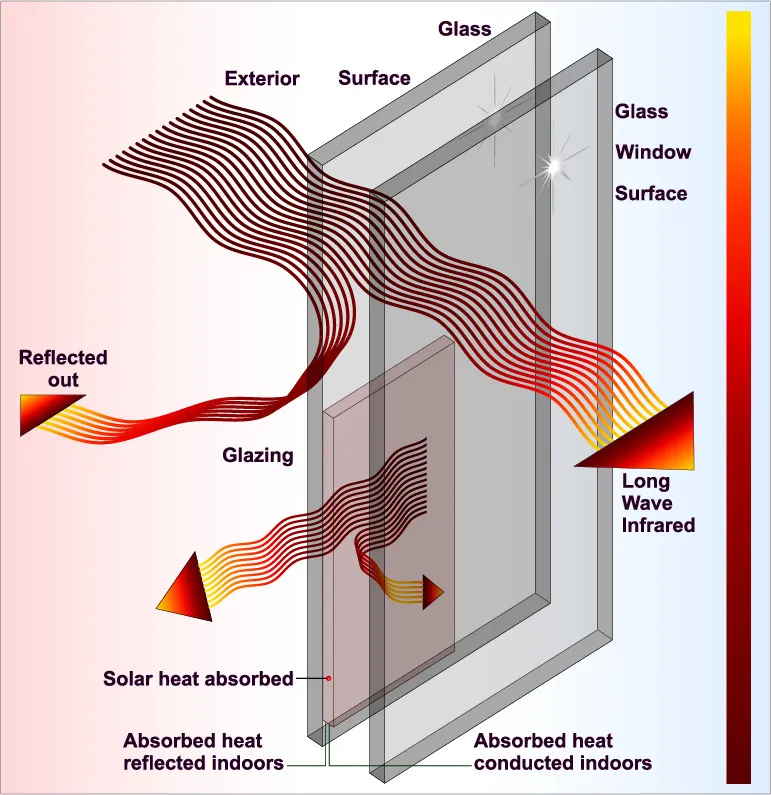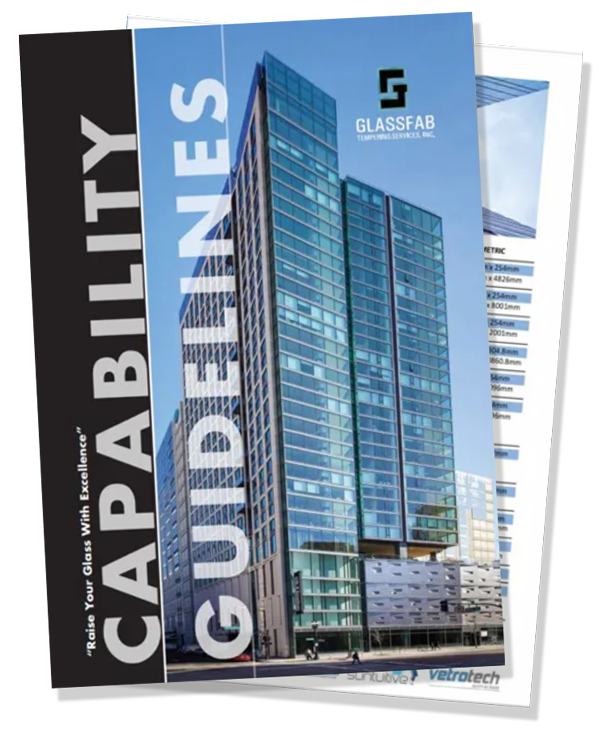Laminated Glass
What is Laminated Glass?
Types of Laminated Glass
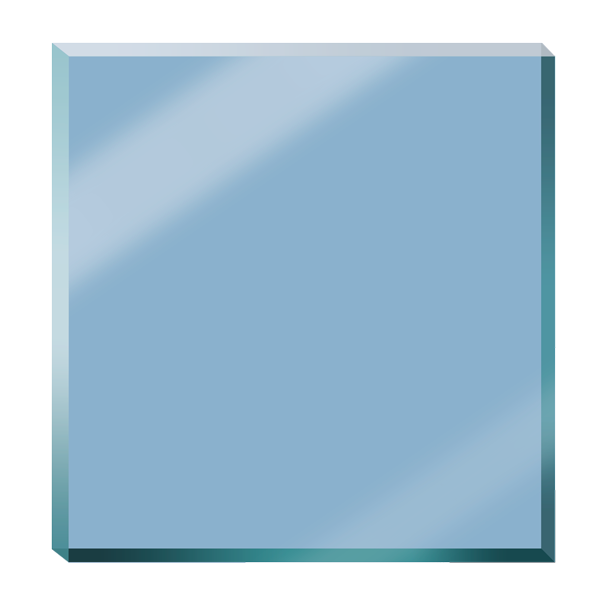
Glassfab Laminated Glass features an interlayer also known as polyvinylbutyral (PVB) bonded between two or more glass layers using heat and pressure. The glass layers may be of equal or unequal thickness. Annealed, heat-treated, chemically strengthened, insulated, wired, tinted, patterned and coated glass, as well as one- and two-way mirrors can be incorporated into laminated glass.
The most important characteristic is the ability of the interlayer to support and hold the glass when broken and/or plastic sheet when cracked. This provides for increased protection against fallout and penetration of the opening.
Most building codes require the use of laminated glass for overhead glazing as monolithic lites, or as the lower lite in multiple glazed units. Other applications include safety, security, detention, seismic-resistant, blast-resistant, bullet-resistant, burglary-resistant, hurricane / cyclic wind-resistant and sound reduction applications.
Laminated glazing materials are also used in specialty applications such as aquariums, animal enclosures, glass stairs, floors and sports stadiums.
Interlayer Thickness
PVB interlayers are identified differently when it comes to the quantity & thickness you would like in between the glass lites.
Here are some examples listed below:
- 0.030 – 1 Interlayer
- 0.060 – 2 Interlayers
- 0.090 – 3 Interlayers
Heat treated laminated products require two, at minimum, PVB interlayers between both of the glass lites. This results in heat treated laminated glass being 1/16” of an inch thicker than annealed laminated products.
Colors
PVB interlayers also come in various colors. These colors range from: Clears, Tints, Whites & SGP vinyl. The Glassfab standard colors are lilsted below:
Tints:
- 52% Bronze
- 44% Gray
- 73% Bluegreen
Whites:
- 65% White
- 80% Cool White
- Diamond White
Specialty:
- QS41 Acoustic Clear Vinyl
- Clear SGP Sentry Glass Plus
- White SGP Sentry Glass Plus
SentryGlas® (SGP)
SentryGlas® (SGP) was initially developed for hurricane glass glazing applications in the United States. SGP is chemically different from PVB, making it water resistant, clearer and stronger.
SGP set a new standard in strength for lamination and has continued to lead the industry. It has since expanded its use, as structural engineers have recognized that the performance benefits developed for hurricane applications could also be beneficial for many other aspects of a building. This includes facades, overhead glazing, balustrades, doors and partitions. Today, many modern architectural buildings use SGP to create new, and less framed glass structures.
The SGP interlayer is five times stronger and up to 100 times stiffer than conventional laminating materials. With this kind of strength, SGP is opening up design possibilities that didn’t exist before.
The minimum surface compression for fully tempered glass is 10,000psi. In addition, it complies with the safety glazing requirements as outlined by the American National Standards Institute (ANSI)Z97.1 and the federal safety standard Consumer Products Safety Commission (CPSC)16CFR1201. In a specification, the designation for fully tempered glass is commonly abbreviated as FT. Please see index for full copy of ASTM C-1048, the specification that covers heat-treated glass.
Acoustic Application
Acoustic laminated glass is made by bonding glass fiber into plastic sheets that are then laminated together with layers of polyvinyl butyral (PVB). This process allows the glass fibers to provide sound insulation and also increase the strength and impact resistance of the glass. The new technology was first introduced into commercial buildings like hospitals and office complexes, but now it is available for residential purposes as well.
QS41 is a very effective way to control sound transmission, and is a great option for those who have a lot of noise in their home or business. Aside from being cost effective, acoustic laminated glass panels will certainly earn you some green points as well. Glass is one of the most recycled products on the market, and laminated glass allows you to reuse your old windows instead of tossing them out. In addition to being environmentally friendly, acoustic laminated glass also has added safety features for those living or working near high traffic areas.


